If you are trying to figure out whether essential oils are all their cracked up to be and truly safe, you are not alone. Safety is the number one priority when it comes to our health so it’s important to make sure your weighing all the pros and cons in addition to consulting your doctor before incorporating anything as potent as these botanical extract into your life.
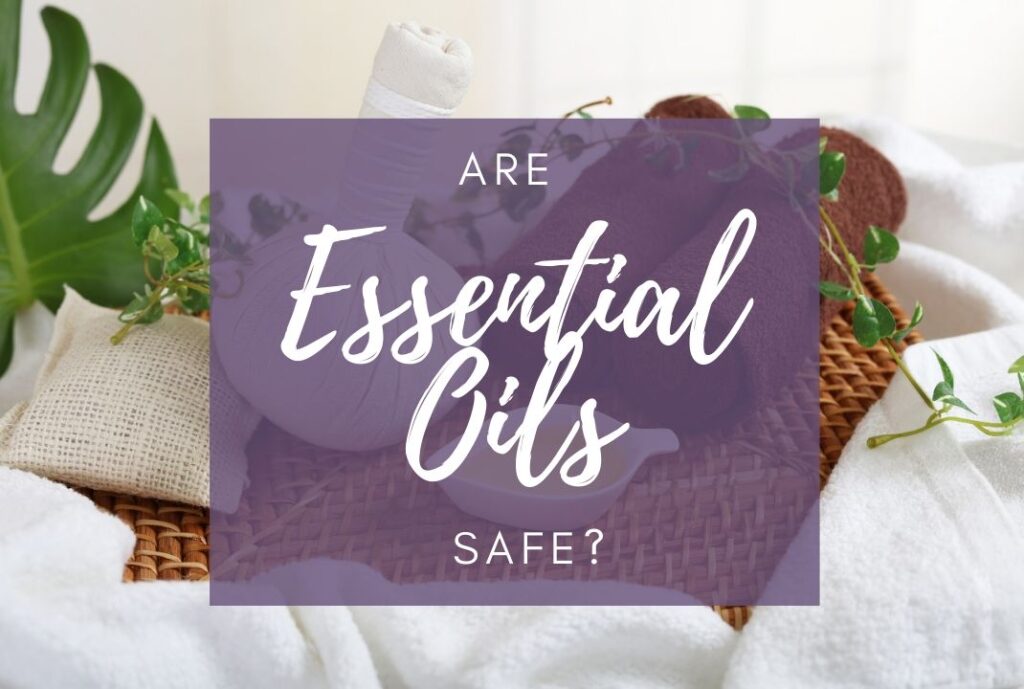
This post contains affiliate links. Read my disclosure statement here.
Essential oils are valued because of their power and potency. I don’t think people realize how strong these oils really are. To give you some perspective, here are two facts.
- Essential oils are 75 times more powerful than dried herbs.
- One drop of peppermint essential oil is equivalent to drinking 70 cups of tea made from the plant leaf.
Now that’s some potent stuff!
So back to our main question, “Is it truly safe to use essential oils?”. The short answer is YES, but there are safety guidelines you need to follow to ensure you use your oils properly. Educating yourself on the dangers of EO’s and how to use them should be the first step in your essential oil journey. So the fact that you are reading this means you are being responsible and are being your own health advocate. Go you!
How to safely use essential oils
Essential oils are highly concentrated plant extracts that can improve our health spiritually, emotionally, physically and overall well-being. With that said, because they are so strong, they can be poisonous when misused.
People believe essential oils can’t hurt us because they are natural, but that couldn’t be more false. Too much of anything is never good for us. Our bodies can only process so much at once so following proper dosage guidelines are crucial when it comes to oils. Believe it or not, consuming too much spinach can even be bad for us. So before you begin your essential oil journey, you should keep these things in mind.
Check out some of my FAVORITE Essential Oil Products!
1. Ensure You Use Oils with the highest quality
The first step to leading a safe, holistic lifestyle is making sure you choose your essential oil brands wisely! Going to Walmart in search of essential oils may not be the best idea. When it comes to price, I have always believed that you get what you pay for.
Don’t Be Fooled By Labels!
Although the FDA, (Food and Drug Administration) regulates how essential oils are marketed, they don’t regulate the labeling or production of them before they hit the market.
Did you know that “therapeutic grade” means absolutely NOTHING?! Companies can literally bottle their oils and add the words “natural”, “therapeutic”, “grade A”, or “pure” to their labels without needing to meet any standards. That’s a bit scary.
Unregulated labels makes it very difficult to differentiate between quality essential oils and essential oils that are, for lack of a better word, “fake“. Some oils are adulterated or diluted and some use synthetic fragrances. These oils can still be labeled as “pure” and “natural” but don’t be fooled. Not to mention, some companies will use pesticides when growing their plants which can significantly alter the natural state of the oils and their potential benefits.
Read more about Where To Purchase Your Oils.
Know Your Prices!
Another quick way to determine if you’re getting essential oils with the highest quality is by looking at the price. Essential oils can range anywhere from $10.00 to $200.00 smackaroos! The price depends on what plant oil is being extracted and how abundant and/or accessible that plant it.
Oils like orange are the least expensive whereas rose oil is at the top of the list at over $100 for just 5ml! Anything under $10.00 for a bottle of essential oil is most likely NOT the best quality and are going to be diluted with other non-essential oils like coconut or vegetable oil. Even if it says “natural” on the label, don’t be fooled! Some companies may even add fillers or additive which are worse.
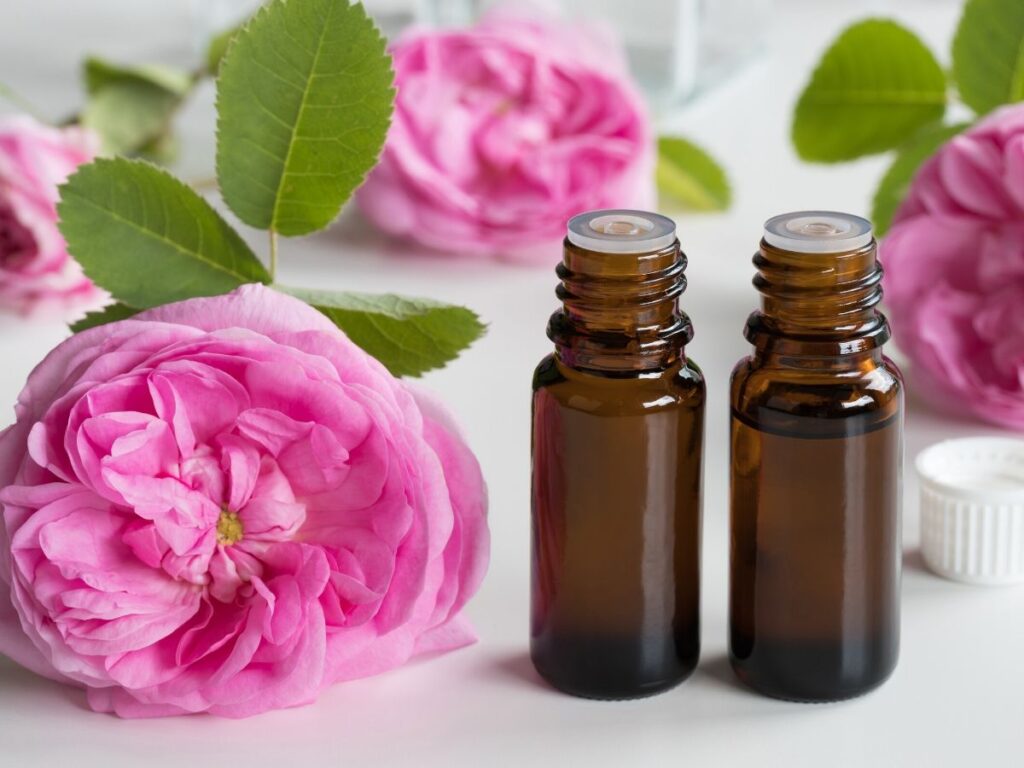
Here are some things to look for when seeking out the BEST essential oils:
- Companies that use gas chromatography to ensure the quality of their oils
- Essential oils that are sealed properly and stored in dark (amber) colored glass bottles that are less than 4 oz.
- The labels should clearly state where the oils was extracted from as well as all the ingredients. If it is a single essential oil, it should have just one ingredient.
- Stay clear of oils that have the word “fragrance oil” anywhere on the bottle.
- The label should state the Latin name and it’s common name on it.
- Don’t purchase oils that are cheap! Paying (under $10.00) for a single EO is usually a red flag.
Here is a great article that talks about some of the most popular essential oils brands and breaks down what each has to offer.
Some of the best essential oil brands:
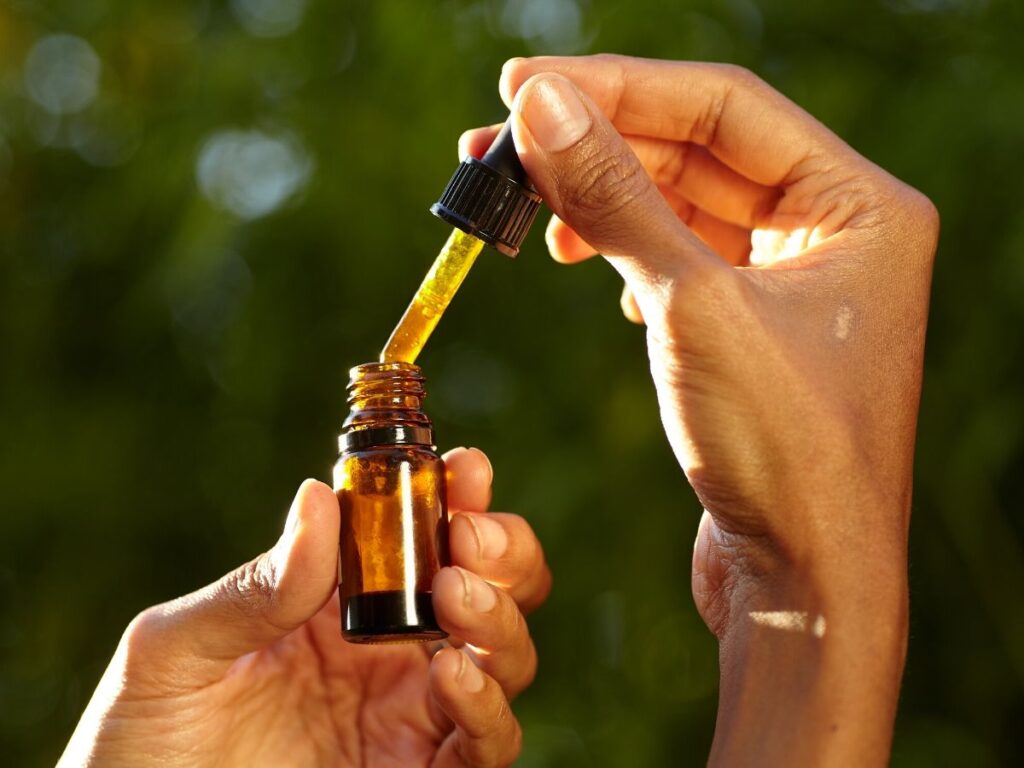
2. Follow Dosage guidelines
Like most things in life, more, is not always better! This is, in my opinion, the most important safety aspect when it comes to using essential oils. Most people that experience negative side effects or toxic levels are those who have not followed proper dosages. Toxicologists continue to stress that proper dilution is key to safely using essential oils.
Here are general dilution guidelines that may help you understand how many drops of essential oil is needed depending upon your age, where you use the oil and what type of oil it is.
GENERAL GUIDELINES
- 0.5% 1 drop essential oil to 2 tsp of carrier oil – Infants (6-24 months)
- 1% 3 drops essential oils to 2 tsp of carrier oil – Elderly, Facial application.
- 2% 6 drops essential oils to 2 tsp of carrier oil – Maximum daily recommended dilution.
Check out this awesome essential oil dilution calculator that allows you to input how much you are using with the correct percentages.
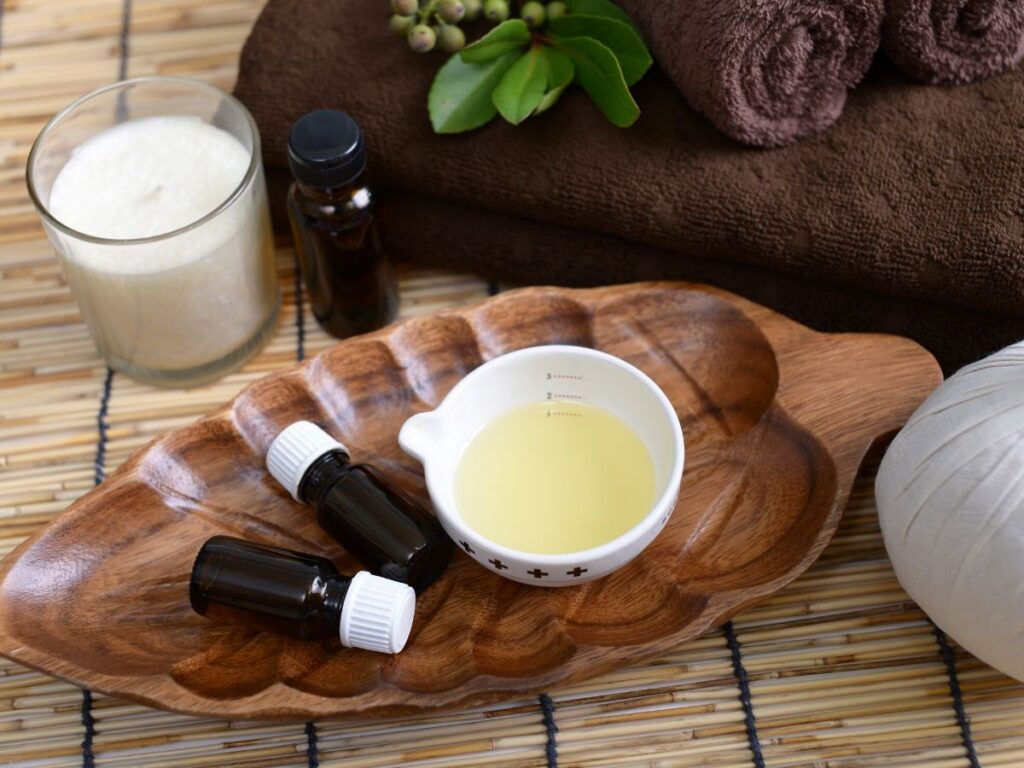
Patch Test Your Oils!
Before using any new essential oils on your skin, make sure to do a ‘patch test’. Many people can tell whether they are more sensitive to an oil by doing this. What you want to do is apply a small amount of essential oil, with carrier, to a patch of skin. The best place to patch test is on your forearm. Then wait 24 hours to see if you notice any irritation, redness, rashes, or hives. If you notice anything, you should steer clear of that oil.
Here is a list of cautionary or “hazardous” essential oils that you should be aware of.
3. Use Your Oils Properly!
The safest way to use essential oils is to inhale them. And the safest way to do this is through a diffuser. When diffusing, it is important to make sure you diffuse in a well-ventilated area. The time to diffuse should be in 30-60 minute intervals. Make sure to check out these mistakes when diffusing.
Essential oils can be toxic if you apply them directly onto your skin (known as “neat” application), or without a carrier oil. A carrier oil is meant to help “carry” the oil molecules into your body as well as help dilute the oils.
Creating your own essential oil blends with carrier oil is also a super safe way to use them. I like to use roller ball bottles to roll them onto my wrist, neck or feet. Check out how to make your own roller bottle blends here!
Are They Safe To Consume?
Sigh. Ingesting oils is a touchy subject. The general rule is to NOT ingest or drink them in any amount. Oils are absorbed rapidly when taken orally so it can be much more dangerous. The risks, in my opinion, are just not worth it.
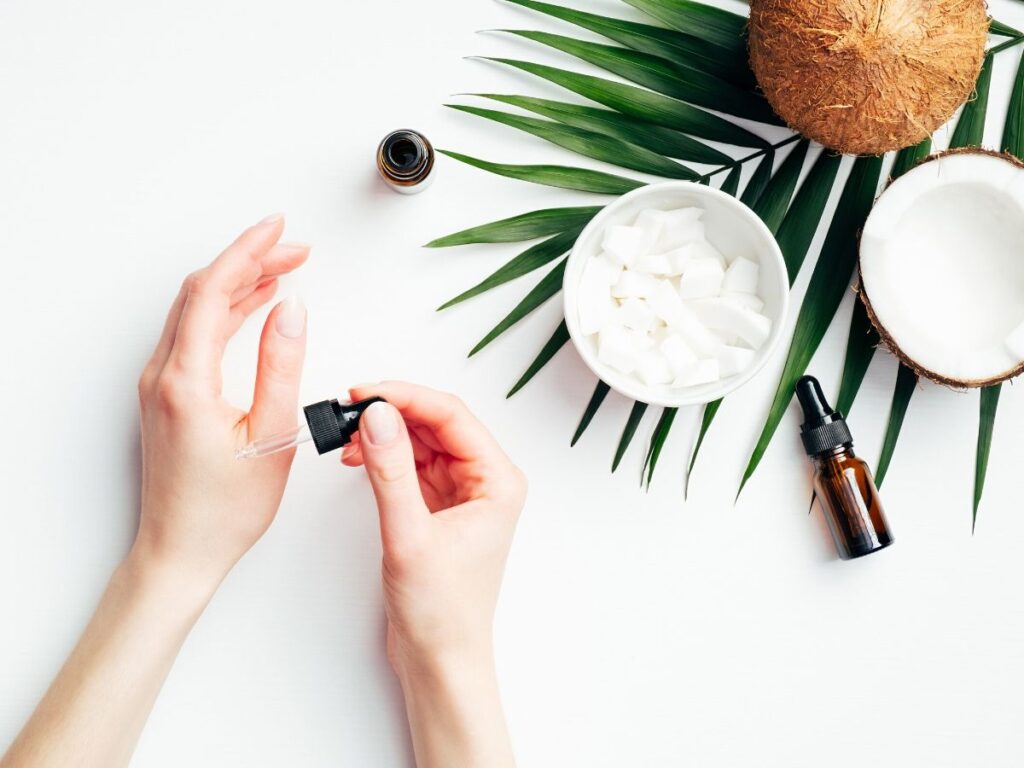
Make sure to read about all the ways to use essential oils.
“There is definitely credible science behind certain benefits for certain essential oils,” says Cynthia Bailey, MD, a dermatologist in Sebastopol, CA. “But you have to choose wisely, and you cannot use them indiscriminately.”
Be Cautious of Other Medications
If you are on certain prescription medications, it is important that when you start taking essential oils, you talk to your doctor or a certified aromatherapist first. This will ensure certain oils do not negatively interact with the medications you are on.
watch your Sunlight Exposure
A lot of people don’t realize that some essential oils are very sensitive to sunlight. This is referred to as photosensitivity or phototoxicity. This means, if you apply certain oils topically, to your skin and head outside during the day, you could experience redness, blisters, or a rash.
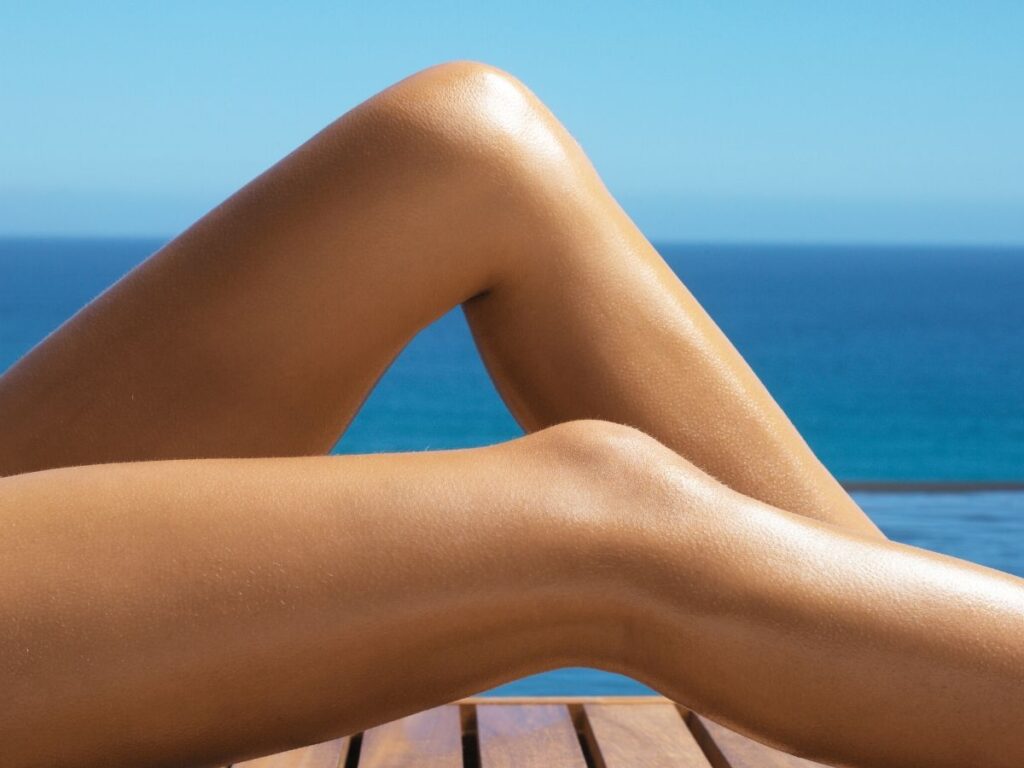
The essential oils that are light sensitive are:
- orange oil
- grapefruit oil
- bergamot oil
- lemon oil
- lime oil
- cumin oil
If you DO use them topically, it is important that you wait at least 12 hours before heading outside. Here is more information on this topic.
Cooking with oils
Many people enjoy using essential oils to cook since they are more powerful herbs and a little goes a long way. However this involves ingesting them which I mentioned above, is not recommended. If you do choose to cook with them and have consulted with a trained professional, make sure you follow the recommended amounts. A good rule of thumb is one drop of oil for every tablespoon of fresh herbs or teaspoon of dried herbs.
Can Children use essential oils?
Concentrated oils can be highly toxic for young children so following the proper dosage and application is key. Here are the proper dilution recommendations per age group:
- Infants-3 months 0.1%-0.2%
- children 3-24 months 0.25%-0.5%
- children 2-6 years 1-2%
- children 6-15 years 1.5%-3%
- children over 15 years 2.5%-5%
Always check with your child’s pediatrician before using essential oils with kids. With two little ones running around, I always make sure to store my oils securely and out of reach, like other medicines.
*Never use oils during pregnancy unless you have spoken to your gynecologist.
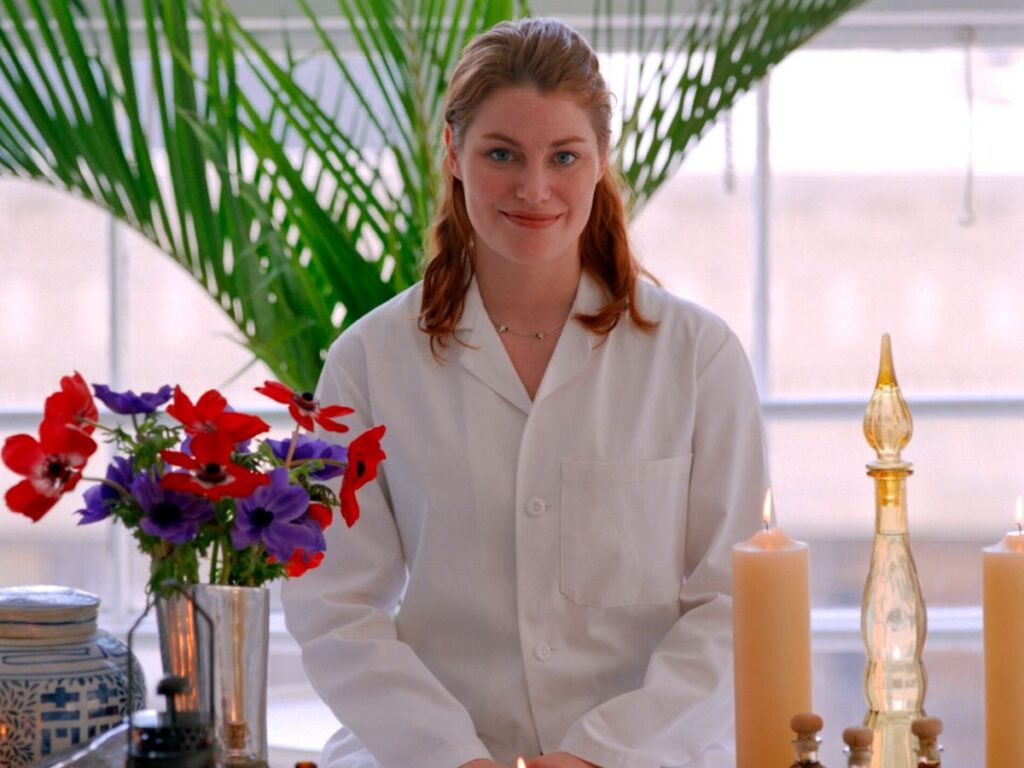
Consult with a professional
Essential oils can affect people differently based on a few different factors such as your age, past health record and current medications. It is important that you seek advice from someone trained in aromatherapy or ask your physician. If you experience any symptoms of toxicity, you may have overdosed. If so, stop using them and call a poison control center immediately.
Final Takeaways
Essential oils can be completely safe to use as beauty products, cleaning supplies and your health as long as you are smart about using them! My recommendation is to start off slow.
Start incorporating essential oils into your yoga or meditation practices.
Get yourself a quality diffuser and start diffusing one of the “safer” essential oils once a day for 30 minutes. Then work your way up to other methods of use. My hope is that you will start to see the benefits from these amazing oils as you create your own safe routines.
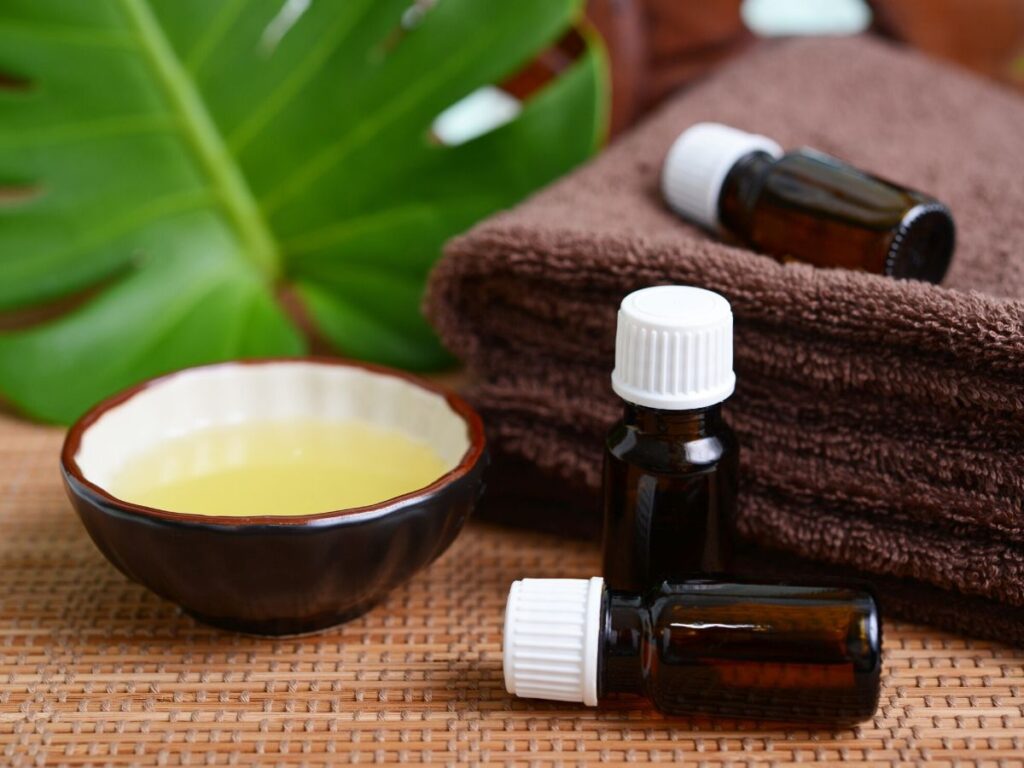
Other helpful resources:
Dangers of Using Essential Oils
The Most Popular Essential Oils
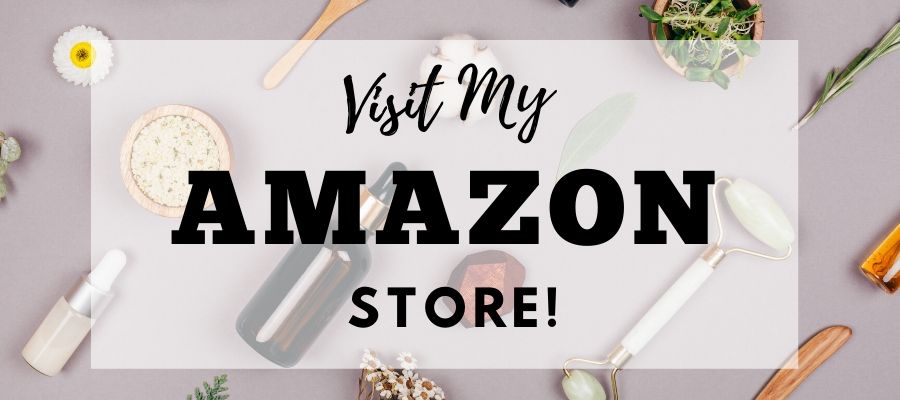

Thank you for sharing that detail. It was fascinating and insightful.